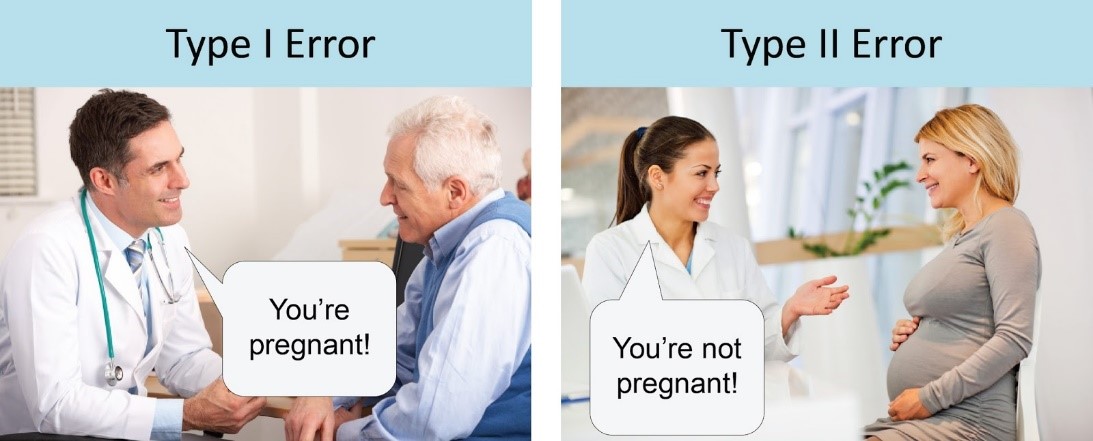Machine Learning: Notes and Advice
-
L0 - The total number of nonzero elements in a vector
-
L1 - Manhattan Distance
-
L2 - Euclidean distance
-
L∞ - Maximum of absolute values of all the elements of the vector
Am I overfitting/underfitting?
-
Training loss much greater than validation loss. That is underfitting.
-
Training loss much less than validation loss. That is overfitting.
Ensemble methods
-
Bagging - Sample the data a bunch of times, and train a model on each same, then aggregate the model's outputs (ex. random forest)
-
Boosting - Feed the output of one model into the input of another model (ex. haar cascade)
-
Stacking - Train different types of models on the data, then aggregate their outputs (ex. I wanna win the kaggle competition/Netflix prize)
Bias vs Variance
-
Bias - Your bias about people is your assumptions about people. If you have high bias, you have incorrect assumptions.
Generally: High bias = underfitting
-
Variance - How much do you vary depending on the dataset? How much do you fit the noise?
Generally: High variance = overfitting
Good ideas to improve a model
-
Cluster the unlabeled training data, then add cluster features to get additional free features
-
Let's say you have multiple labels per data point in your training data. If labelers disagree a lot on a single data point, then that sample is pretty crappy. If you sort your data in order of crappiness, then drop the most crappy ones first, then you'll get a small boost in model performance.
Even smart is to penalize the model less if it misclassifies a crappier data point.
Multi-class vs multi-label classification
-
Multi-class classification: 1 category per data point
-
Multi-label classification: >1 category per data point
Precision vs Recall (w/ statistics translation)


